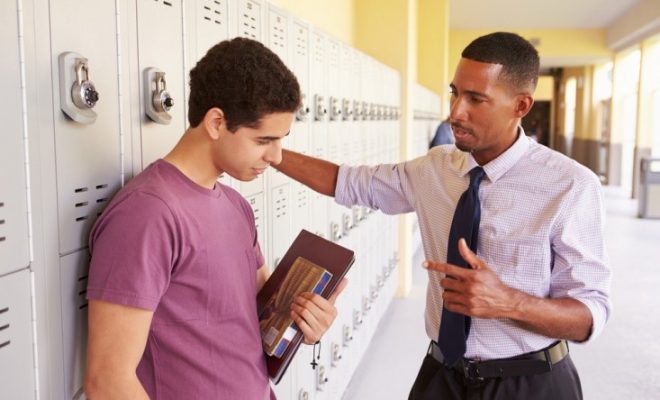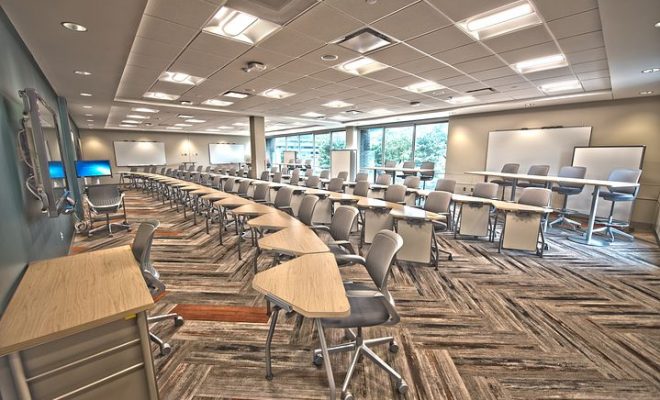8 Essentials for a Virtual School that Works

Many students choose a virtual school to replace their traditional school schedules partially or completely for a few reasons. In some ways, virtual school has completely replaced traditional homeschooling for the sake of easier curriculum access. At the same time, students who struggle in social settings or who do not find courses at their traditional schools challenging may find virtual school a blessing. Therefore, virtual schools are on the rise in popularity. However, virtual schools are not perfect. Here are eight essentials that act as focal points to make virtual schools work.
- Higher Achievement at Home
Students who are naturally high achievers might need more freedom over their studies than what the traditional model offers. Virtual schooling allows students to work at their pace and to find classes that meet their abilities and interest levels. Furthermore, students can set their schedules, too, so they do not need to follow such a rigid pattern to their day. On the other hand, students who struggled to perform under these same rigid patterns might find the same freedoms rather alleviating. In other words, they can be turned into high achievers if permitted more control over their education.
- Wider Class Options
Everyone from athletes to actors to scientists to automotive or carpentry lovers will find something that meets their attentions and desires. Essentially, the curriculum options can be modelled to the student instead of the other way around.
- Expanding Class Options in Traditional Schools
Some students might want to remain in a traditional school to participate in sports or experience aspects of a typical teenage social life. Therefore, the school day can be split between traditional and virtual classes. Therefore, school districts are incorporating virtual school as a partial or total schedule replacement option.
- Frequent Movers
For various reasons, some students’ families move more than others. Changing from one traditional school to another, therefore, can be very stressful. Course options would change as not all schools offer the same options, and schedules can end up being incomplete, which is concerning as students near graduation. Virtual schools are mobile, so they go wherever the student can go. This form of education is not interrupted by a change in address.
- Flexible Schedules
Some students might find a traditional school schedule difficult to keep for various reasons. For example, students who have demanding health concerns might need to spend much time visiting doctors or receiving treatments. Virtual schools can meet this demanding schedule without causing students to miss a lot of instruction because courses can be worked on at any time, so long as deadlines for assignments and tests are met.
- Promoting Collaboration
Just because students opt to enroll completely in a virtual school, they do not have to be alone on their path to learning. They can communicate with their teachers and work on projects with other students just as much as they would in a normal school setting. Chat boxes and e-portfolio methods are used instead of raising hands and working on assignments together in person.
- Centralized Focus on Partnerships
Due to the collaborative efforts these classes require between a student and their teacher, this relationship falls at the center of virtual education more than it ever did with traditional schools. Teachers have time to pay special attention to individual students without having to worry about shortchanging other students in the room. Therefore, the student is the focus of the relationship instead of an entire classroom.
- Access to Specialists
Teachers who work for virtual schools are often specialists in their fields. They do not have to worry about teaching generalized classes. For example, instead of focusing on a class that looks at a wide array of canonical literature, an English teacher can offer a class specifically on Greek mythology or post-modern poetry. Likewise, history teachers can focus on specific time periods for an entire course’s length. At the same time, these courses’ designs match the way college courses are set up, which will prepare a student for higher education with ease.
Conclusion
Virtual schools are no longer a fantasy. They are a true reality for students who look to widen their high school experiences beyond the traditional classroom. They can turn struggling stories into success cases just as much as they open up more experiences for students who have high achievement abilities that are not met otherwise in a traditional school. As long as these essential needs are met, then any virtual school will work well for any student.






